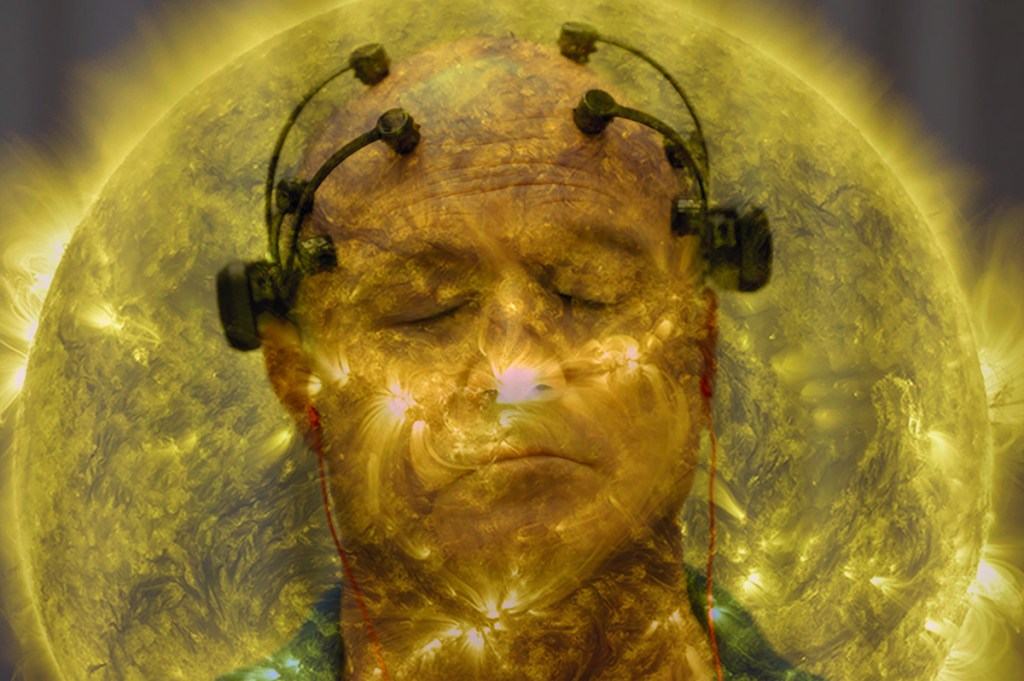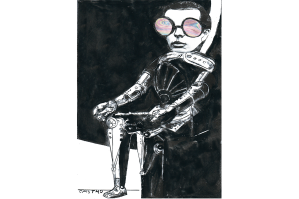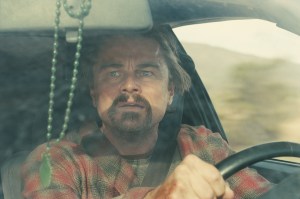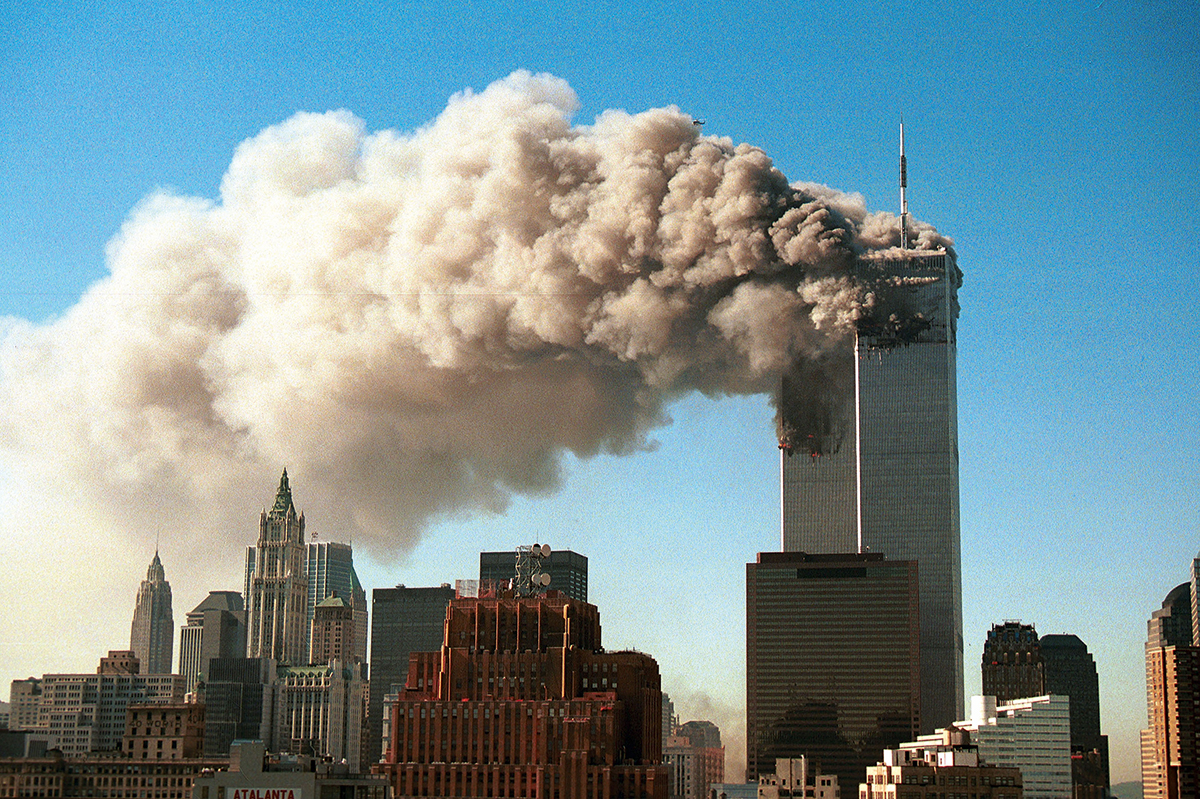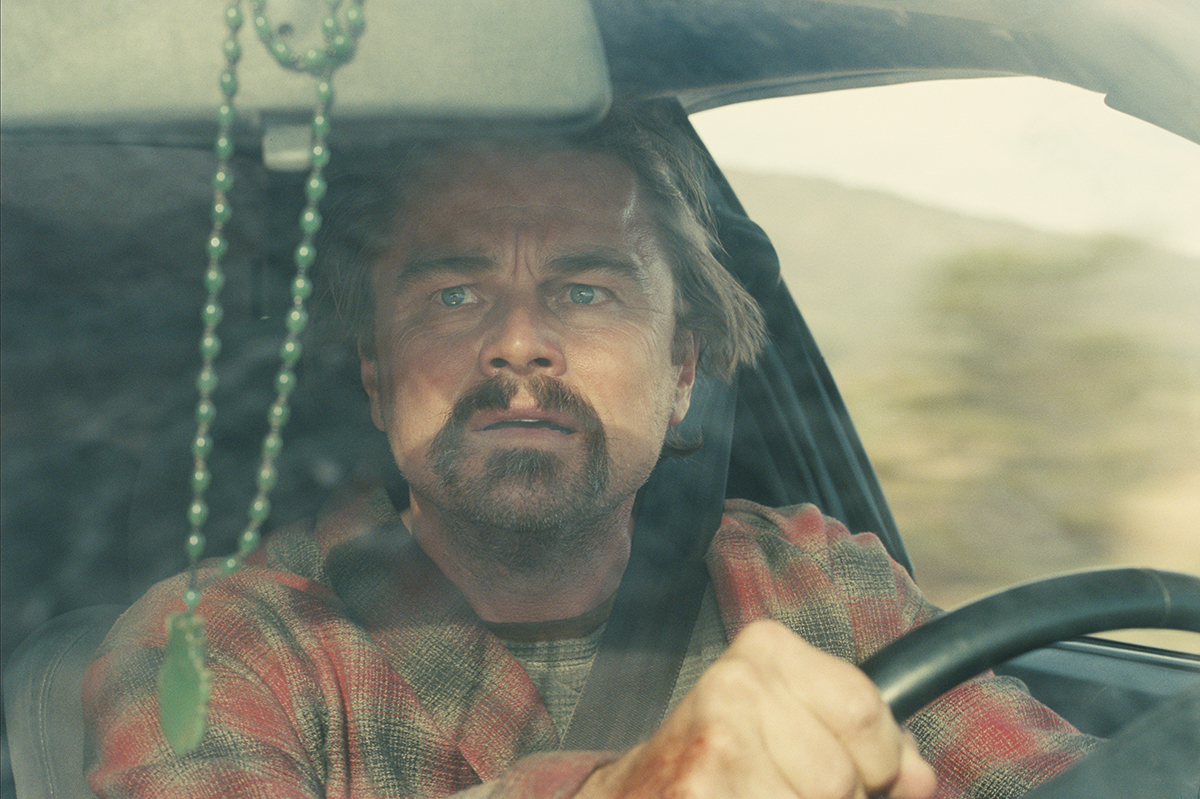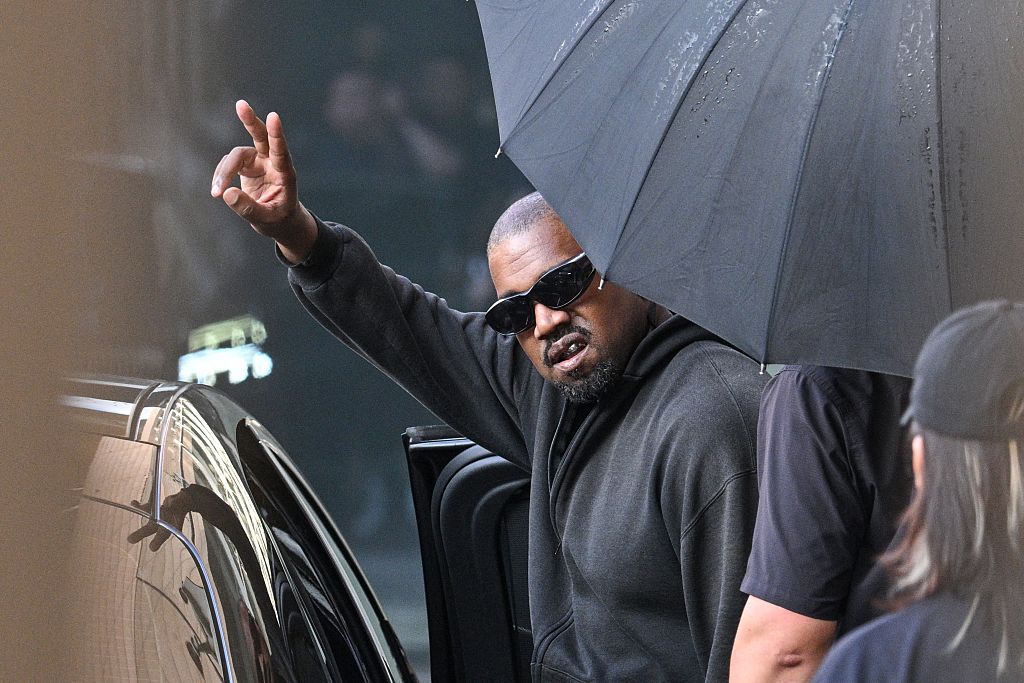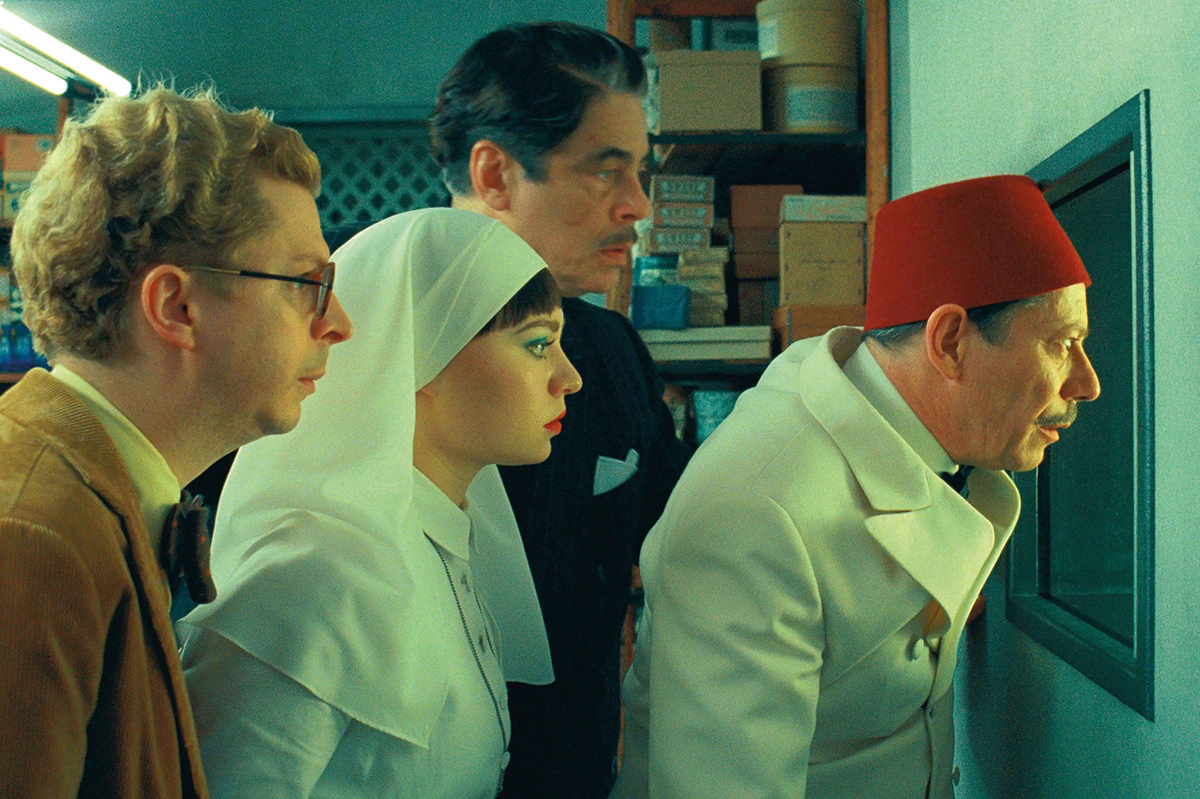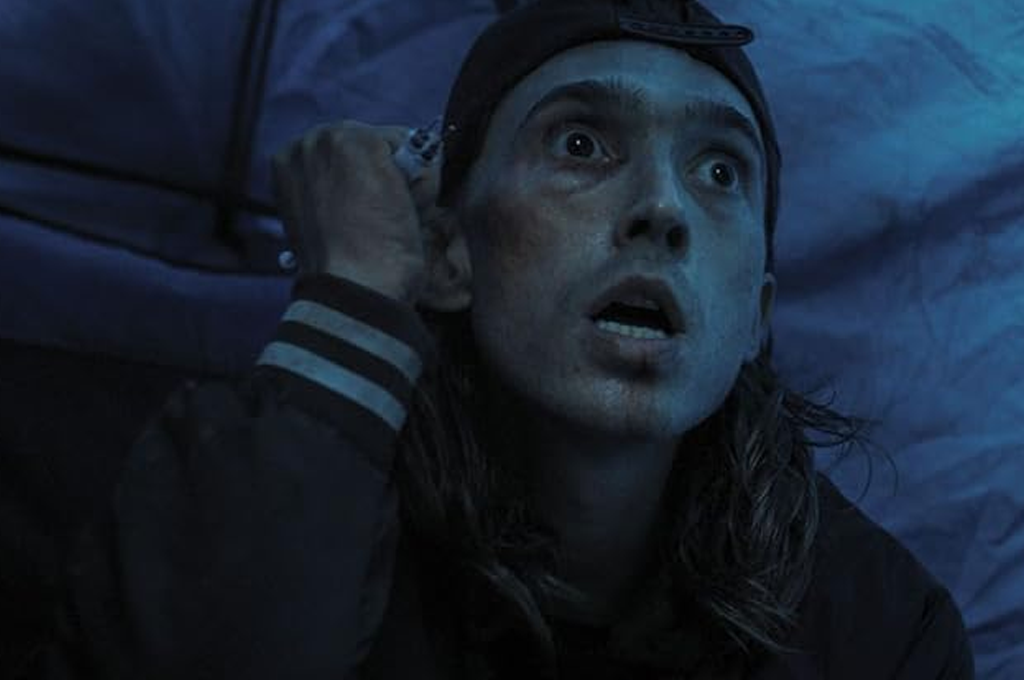America has an abundance of daring documentarians: Frederick Wiseman, Errol Morris, Alex Gibney, Laura Poitras, Morgan Neville, Matt Wolf, Morgan Spurlock and Michael Moore, off the top of my head. Not a diverse list demographically, but you can tell their movies apart. Some are better than others, some (Poitras and Neville) have oily ethics, but others still have made some of the most iconic American films of this century (Spurlock’s Super Size Me is in the lexicon even if nothing else he’s done is, and say what you will about Moore and his films, his impact on American pop-political culture cannot be dismissed entirely).
Theo Anthony joins the best among these ranks with All Light, Everywhere, his second feature and a startlingly original documentary about perception, body cameras, government surveillance and the impossibility of ‘objectivity’ in the act of seeing. An extreme close-up of Anthony’s face opens the film, and he sticks his eye right up to the lens of his smartphone, so that we can see the blood vessels in the whites of his eyes. He keeps moving his eyes around as a monotone female narrator begins: ‘The eye is connected to the brain via the optic nerve. The point where the optic nerve meets the eye is a blind spot. In the very place where the world meets our eye, we are blind.’
All Light, Everywhere has more in common with Jean-Luc Godard’s recent masterpiece The Image Book than any ‘true crime’ material aired on television or being released in theaters now. This is not a documentary that ‘tells a story’. Nor does it have a clear message or moral to impart to the audience. Anthony is up front about his process throughout: besides showing his own editing suite, the epilogue of the film consists of footage of Baltimore City high school students in a film production class. ‘This was originally a primary thread that ran through the film,’ the subtitles explain. ‘Close to the end of editing, we decided to cut it out entirely.’
We are left to draw our own conclusions about this footage’s correspondence to the film that precedes it. Throughout, Anthony cuts between contemporary footage and interviews and a running history of observational instruments and cameras, beginning with the transit of Venus in the late 1700s. We meet body camera manufacturers, spy plane entrepreneurs, people on the streets, and ‘community leaders’ who effectively act as liaisons for private security companies who use ‘troubled’ cities like Baltimore as testing grounds for ever more vast surveillance programs. The fury and frustration of everyone is compounded by an unacknowledged realization that little gets done in these ‘community meetings’, where dissenting citizens have no real say: they are going to be spied on by this drone plane whether they like it or not.
Anthony never approaches polemic, but he’s able to keep an impressive distance from the audience, despite his regular on-screen presence and frequent emphasis not only on the process of making the film, but also on Theo Anthony making the film. When we see his Adobe Premiere Pro editing suite, we see his entire desktop: this century’s equivalent of peeking into a mad artist’s broom-closet studio space. Through occasional subtitles, and his excellent otherworldly narrator, Anthony tackles police reform, government surveillance, racism in America, skewed and ‘privileged’ perceptions and the history of eugenics, cameras, astronomy, photography and the dehumanizing effects of technology — all without ever becoming preachy or tedious. Today, that’s an achievement.
All Light, Everywhere may be a documentary, but it feels closer to recent fiction films like American Honey, The Florida Project, and Soller’s Point, all about people at the margins of American society struggling now. More than gender, skin color or zip code, people’s lives here are defined by how much money they have. The people being photographically captured by the spy plane over Baltimore cannot do anything about it, and they cannot escape. We move from fruitless discussions to a police body camera training session, with an instructor eager to teach and a class full of cops goofing off and eating Cheetos.
Anthony moves back and forth between the manufacturer of these cameras, the police, their subjects and the history of observational incidents and phenomena. For a dry subject, made with an obscure formal approach, All Light, Everywhere is invigorating and inspiring, the kind of movie that makes you look to the horizon of what new can be done in this medium. With its stunning mix of a cold, non-human aesthetic and intimate narrative clarity, All Light, Everywhere is the cream of the recent surge in documentaries.
This article was originally published in The Spectator’s September 2021 World edition.



